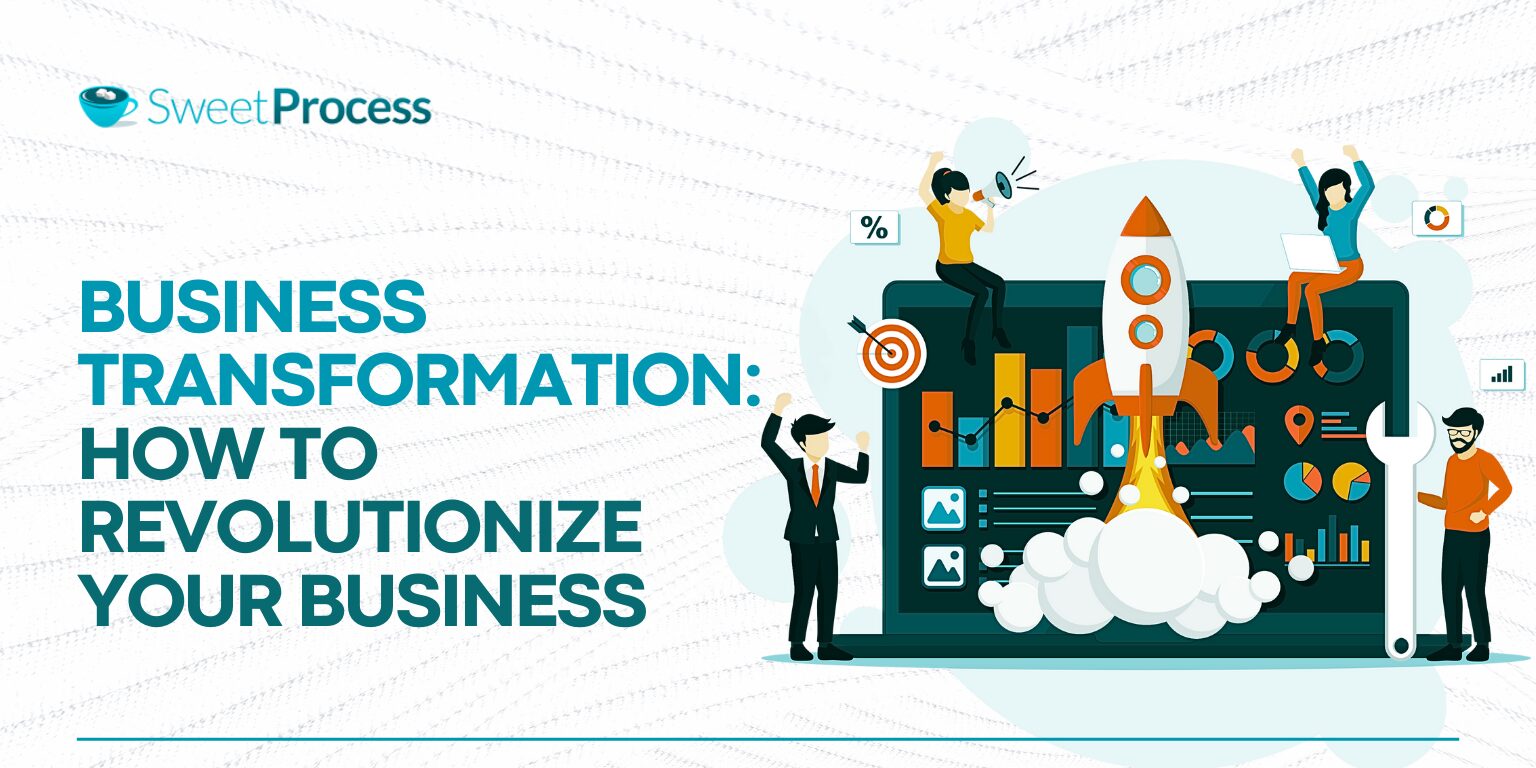In an increasingly digital, competitive, and customer-driven world, organizations can no longer rely on traditional ways of operating. Industries evolve rapidly, and businesses must adapt to survive. This shift has given rise to what we call business transformation—a strategic, organization-wide process that changes how companies operate, deliver value, innovate, and compete.
Business transformation is not just a trend; it is a long-term capability that every company must develop. Whether driven by technology, customer expectations, globalization, or economic changes, transformation enables businesses to redefine their identity, improve efficiency, empower employees, and thrive in the future marketplace.
What Is Business Transformation?
Business transformation is a comprehensive change management strategy that reshapes a company’s processes, culture, technology, and organizational structure to achieve significant improvements in performance and growth.
Unlike small operational improvements, business transformation impacts the entire business and involves:
- Reimagining how products and services are delivered
- Implementing new technologies
- Overhauling outdated processes
- Reinventing the customer experience
- Revamping leadership and company culture
- Creating entirely new revenue models
Ultimately, business transformation helps companies become more agile, resilient, and future-ready.
Why Business Transformation Has Become Essential
Several global forces have made business transformation unavoidable:
1. Rapid Technological Change
Artificial intelligence, automation, cloud computing, and big data shape industries faster than ever. Companies that fail to embrace digital tools struggle to remain competitive.
2. Shifting Customer Expectations
Modern customers expect personalization, speed, seamless experiences, and 24/7 access to products and services. Meeting these expectations requires transformation, not small tweaks.
3. Global Competition
Businesses now compete not just locally but worldwide. To stand out, organizations must innovate and transform continuously.
4. Economic Uncertainty
Economic fluctuations, pandemics, and supply chain disruptions force companies to build flexible systems that can adapt quickly.
5. Workforce Evolution
Employees today seek purpose, flexibility, and growth. Transforming workplace culture and processes is essential to attract and retain top talent.
Types of Business Transformation
1. Digital Transformation
Digital transformation integrates advanced technologies into every business area.
Examples include:
- Automating manual workflows
- Using AI for decision-making
- Implementing cloud infrastructure
- Modernizing legacy systems
- Data-driven marketing and sales
Digital transformation is a core pillar of any modern business transformation strategy.
2. Operational Transformation
This transformation focuses on improving internal processes and efficiency.
Key improvements include:
- Lean operations
- Streamlined supply chains
- Better quality control
- Cost reduction
- Process automation
Operational transformation helps companies deliver more with fewer resources.
3. Cultural Transformation
A strong company culture enhances performance, productivity, and innovation.
Cultural transformation includes:
- Leadership development
- Employee engagement initiatives
- Diversity and inclusion practices
- Mindset shifts toward collaboration and innovation
Culture is often the hardest part of business transformation, but it produces long-term results.
4. Organizational Transformation
This type of transformation reevaluates company structure.
It may involve:
- Restructuring departments
- Creating cross-functional teams
- Decentralizing decision-making
- Building agile teams
- Redefining leadership roles
Organizational transformation helps companies respond faster to market changes.
5. Strategic Transformation
Here, companies completely redefine their business model or market position.
Examples include:
- Moving from brick-and-mortar to e-commerce
- Shifting from product-based to subscription-based revenue
- Entering new markets
- Developing new business units
Strategic transformation helps companies unlock new revenue opportunities.
The Key Stages of Business Transformation
1. Assessment and Vision Setting
A successful business transformation begins with:
- Evaluating current strengths and weaknesses
- Understanding market threats and opportunities
- Identifying customer needs
- Setting a clear long-term vision
Companies must define what transformation means for them and why it’s necessary.
2. Building a Transformation Roadmap
This involves designing:
- Priorities
- Timelines
- KPIs
- Budget allocation
- Required technologies
- Leadership responsibilities
A roadmap ensures that everyone is aligned toward the same goals.
3. Technology Integration
Technology is usually at the core of business transformation.
Common integrations include:
- ERP systems
- CRM platforms
- Cloud-based operations
- Automation tools
- AI-driven analytics
Technology accelerates efficiency and innovation.
4. Process Redesign
Outdated processes slow down organizations. Transformation requires:
- Eliminating bottlenecks
- Simplifying workflows
- Automating repetitive tasks
- Improving customer touchpoints
Better processes create better outcomes.
5. Cultural and Workforce Transformation
Employees must embrace change for transformation to succeed.
This stage includes:
- Training programs
- Leadership coaching
- Communication strategies
- Reward systems for innovation
A transformed culture becomes a competitive advantage.
6. Implementation and Monitoring
Transformation occurs in phases. Companies track:
- Performance
- Adoption rates
- Employee feedback
- Customer response
- Return on investment
Monitoring ensures long-term success and continuous improvement.
Common Challenges in Business Transformation

1. Resistance to Change
People naturally resist new ways of working. Clear communication and training help overcome resistance.
2. Lack of Leadership Alignment
If leadership is not unified, transformation efforts fail.
3. Inadequate Technology Adoption
Buying new technology is not enough—companies must ensure employees use it effectively.
4. Poor Change Management
Transformation requires strong change management strategies to guide people through transitions.
5. Budget Limitations
Transformation initiatives require investment, but poor planning can lead to waste. Proper budgeting is essential.
Benefits of Successful Business Transformation
1. Increased Efficiency
Streamlined processes and automation reduce costs and improve productivity.
2. Better Customer Experience
A transformed business delivers faster, more personalized services.
3. Stronger Competitive Position
Transformed companies innovate faster and respond more effectively to market changes.
4. Higher Employee Engagement
A modern, supportive work environment boosts employee satisfaction and retention.
5. New Revenue Opportunities
Transformation opens doors to new products, services, and markets.
The Future of Business Transformation
Business transformation will continue to evolve, driven by emerging technologies such as:
- Artificial intelligence
- Machine learning
- The Internet of Things (IoT)
- Blockchain
- Metaverse environments
- Edge computing
Companies that continuously innovate and adapt will lead the future global marketplace.
Conclusion
In today’s rapidly changing environment, business transformation is not optional—it is the foundation for long-term survival and success. Organizations that embrace transformation gain agility, efficiency, and the ability to deliver exceptional customer experiences. Whether through digital upgrades, cultural shifts, operational improvements, or strategic reinvention, business transformation empowers companies to grow and thrive in the modern world.
The businesses that transform today are the market leaders of tomorrow.





